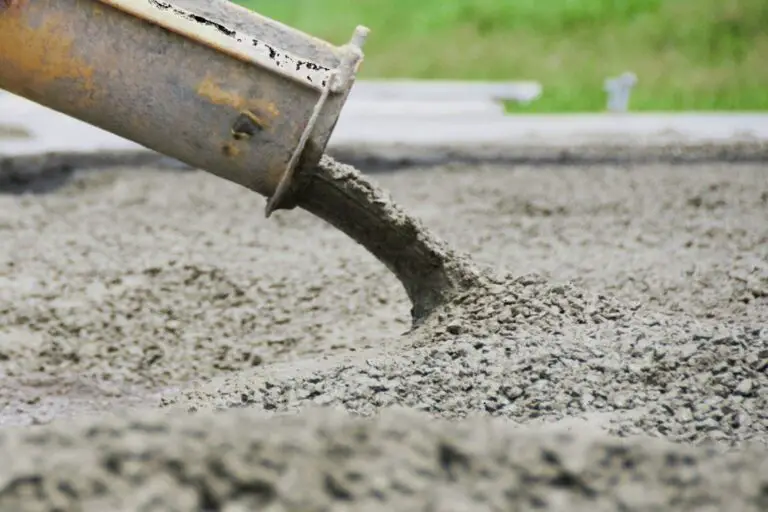Concrete Mix Design
Mix design is the selecting of the right type of material in the right proportion to achieve all the specific properties of the concrete, to make the process of making concrete as economical as possible. Although this is not a simple procedure. The quality of concrete is directly influenced by the quality of material especially the cement, and processes used. The design is guided by the American concrete institute (ACI 211.1-91 to design normal weight concrete and mass concreting), while the lightweight concrete design is given in ACI 211.2-91. While designing concrete, it should be kept in mind that while reducing the cost of the concrete, the strength, workability, and durability of concrete should not be compromised.
In the traditional method of construction, a simple proportion of 1:2:4, cement, fine aggregate, and coarse aggregate respectively is used. However, in most of cases, it is not suitable, so extensive research is carried out to determine the right proportion of the materials. Certain factors are taken into consideration while designing concrete. Some of them are explained below.
Water cement ratio
This ratio is very important, it defines many aspect and properties of concrete. There are many methods to determine the water cement ratio, but detail explanation of those methods would be out of scope of this paper. In most deign mixes water cement ratio is taken between 0.45 to 0.60.
Type of cement
Base on the requirements, the type of cement is selected. I.e. if we are constructing a structure that is prone to a suphate attack, then suphate resistant cement is used. If mass concreting is done, then cement with low heat of hydration is preferred. While in the case of construction in cold weather, cement with high heat of hydration is used. So the type of cement changes with type of construction and location of construction.
Slump
The method to determine the slump is already explained in detail in the previous sections. In design of concrete slump measurement is very important. The recommended values of slump is given in the ACI manual (ACI 211.1-91)
Durability
For the freezing and thawing conditions in order to save the bars from corrosion. It is the ability of concrete to resist weather influence, chemical action and abrasion. Depending upon the requirement, specific care and consideration is given to the durability factor.
Workability of concrete and water content
This is the most important design parameter of the concrete mix. The parameter is already explained. Base on certain Empirical method as given in the ACI manuals, the workability and water content for any concrete mix is determined. The first table shows the approximate mixing water quantity for different maximum aggregate sizes, while the other table gives the water quantity against different consistency values.
Aggregate Bulk volume
The following table from the ACI manual gives the values of the bulk volumes for coarse aggregates against maximum aggregate sizes.
The concrete mix obtained through using these values will give a suitable concrete mix with right workability and durability. Hence there are different tables and graphs available for the calculation of different aspects of concrete mix. In the preceding section a simple procedure for mix design is given:
Step by step procedure of concrete mix design
- Slump – to select the right amount of slump various type of construction, the following table is used.
- Maximum aggregate size
After selecting the slump, the next step is to determine the maximum size of aggregate. The following four points are used in maximum aggregate size selection.
- 1/5 of the shortest dimension of the form
- 1/3 of the depth of the slab
- ¾ of the clear spacing between bars
- Dmax < 40mm
- Water and air content calculation
the values should be taken from the tables below. First table shows air and water content for non-air entrained concrete while the table to the left shows the values for air-entrained concrete.
- Water cement ration selection
Table 14.8 gives relationship between w/c ratio and compressive strength of concrete and 14.9 shows maximum permissible w/c ratios.
- Calculation of cement content using the w/c ration and water content as calculated in the previous steps.
- Coarse aggregate is selected using the table 14.10 from ACI manual
- Calculation of fine aggregate using other components’ values
- Adjustments for moisture content of aggregate is made
- With this step a trial batch is achieved. This is checked and changes are made where required.
- After adjustments, final batch of concrete design is achieved and used for construction.
Conclusion
In this paper, every aspect related to concrete is discussed in detail, its importance is highly emphasized and in the last section, various methods of concrete design are explained. It can be confidently said that this paper will give you a detailed overview of concrete technology.
